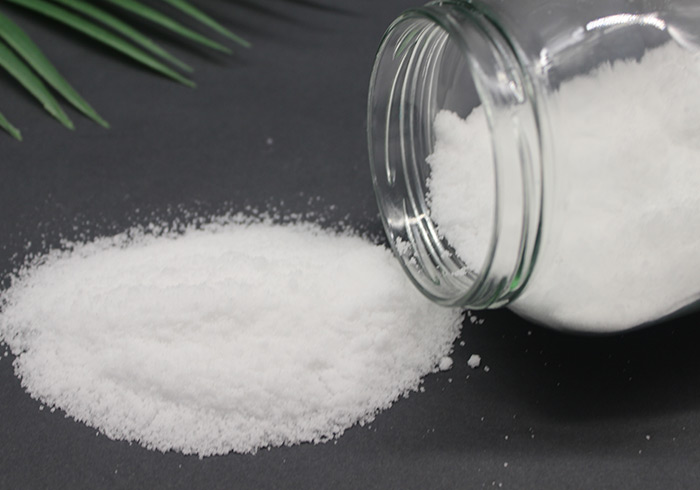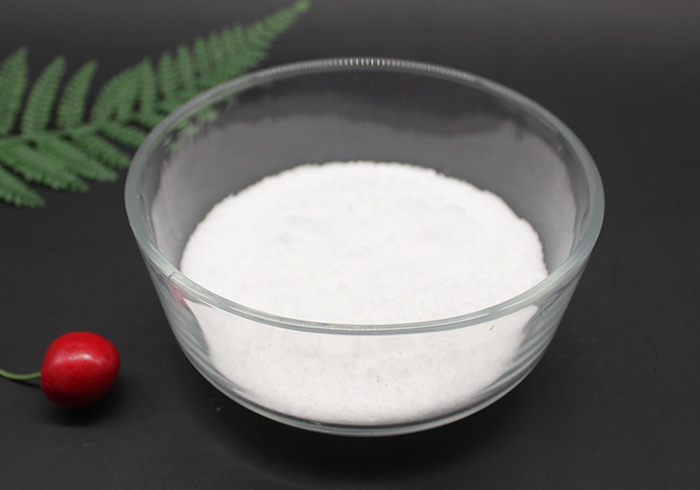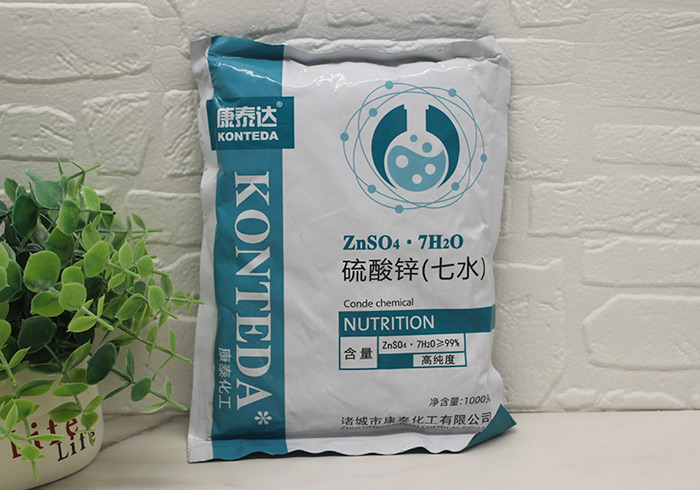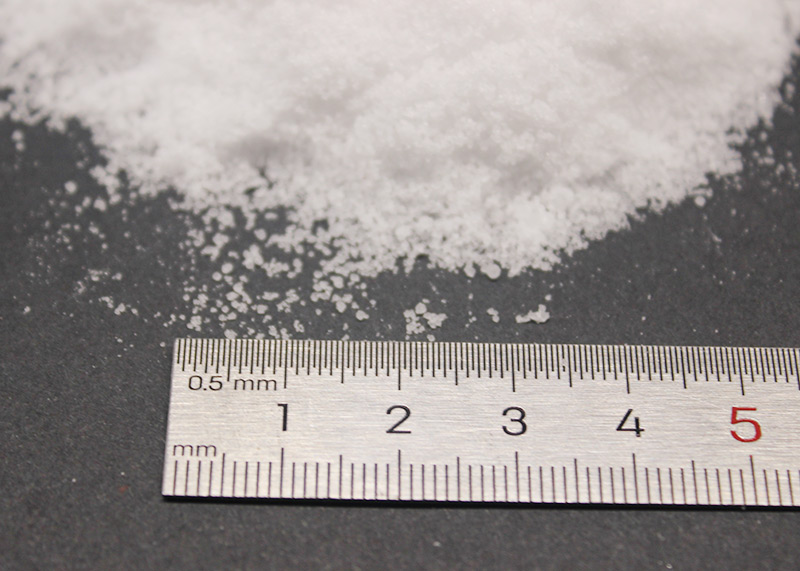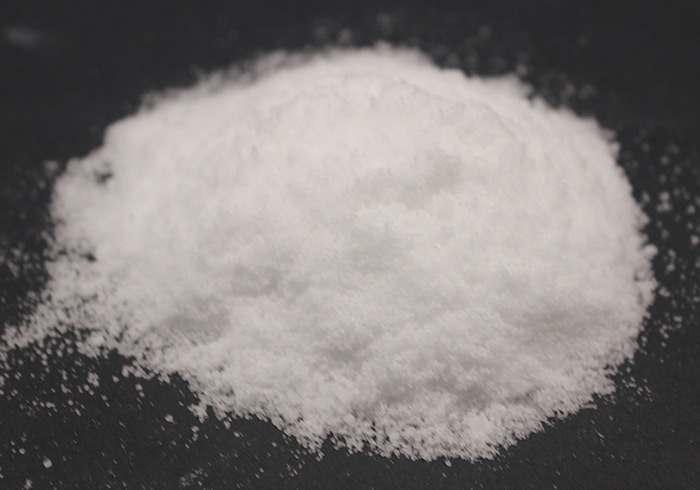zinc sulfate heptahydrate-www.918mz.com
product introduction:




physical and chemical properties:
appearance and appearance: colorless rhombic crystals, particles or powders, odorless, with a bitter taste. melting point 100 ℃, relative density (water=1): 1.957, solubility: easily soluble in water.
colorless crystal particles/white powder. zinc sulfate does not turn yellow when stored in the air for a long time, but loses water and becomes a white powder when placed in dry air. there are various hydrates: the stable hydrate that is in equilibrium with water in the range of 0-39 ℃ is zinc sulfate heptahydrate, zinc sulfate 6-hydrate at 39-60 ℃, and zinc sulfate monohydrate at 60-100 ℃. when heated to 280 ℃, various hydrates completely lose their crystalline water, decompose into zinc oxide sulfate at 680 ℃, further decompose above 750 ℃, and decompose into zinc oxide and sulfur trioxide at around 930 ℃. znso4 · 7h2o and mso4 · 7h2o (m=mg, fe, mn, co, ni) form mixed crystals within a certain range. react with alkali to form zinc hydroxide precipitate, and react with barium salt to form barium sulfate precipitate
main use:
① manufacturing of lithopone and other zinc salts (such as lithopone, zinc borate, zinc phosphide, etc.);
② important auxiliary materials for adhesive fibers and vinylon fibers; delaying the formation of silk strips to improve the strength and elongation of fibers: when the coagulation bath only contains sulfuric acid and sodium sulfate, although high-strength fibers are produced, their rigidity is too high to meet the requirements of textile processing. the addition of zinc sulfate can improve the forming effect of fibers, making them have high toughness and excellent fatigue resistance.
zinc sulfate not only has the same effect as sodium sulfate, but also has two special effects:
one is that it can react with sodium cellulose xanthate to form a stable intermediate product, zinc cellulose xanthate. the decomposition rate of this intermediate product is much slower than that of cellulose sodium xanthate, which is beneficial for stretching. thus obtaining fibers with higher strength.
secondly, cellulose zinc xanthate has a cross-linked structure, which can form crystals and produce uniform and fine crystals, avoiding the formation of large crystalline bodies, thus making the fiber structure uniform, and the strength, elongation, and hooking strength can be appropriately improved
③ used for electroplating, dyeing and printing media, wood and leather preservatives, electronic components, and circulating cooling water treatment
④ used as a trace element fertilizer in agriculture to prevent fruit and seedling diseases and as an agricultural fungicide;
⑤ mineral processing is used for flotation of non-ferrous metals and is a suppressant for sphalerite;
⑥ feed additives, food additives, and pharmaceuticals.



